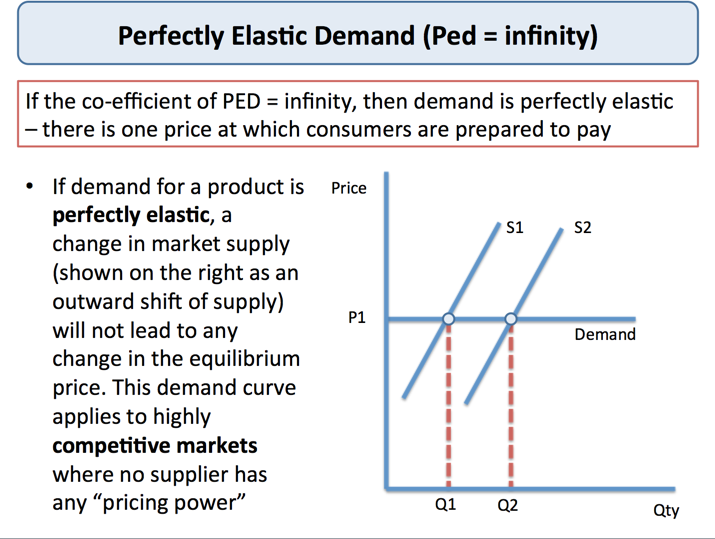

This makes extensive charts, in particular, significantly easier to read ( Figure 6).įigure 6: A weighted graph shows at a glance which elements are especially relevant. If needed, you can disable this by unchecking the Show Result in Node Label option in the Result Presentation tab. YEd also shows the corresponding factors by default. You can change the color of the central and remotest elements and use the Size dialog to determine how large or small the central and remote nodes will be in the view.

You can use the dialog in the Result Presentation tab to define how yEd displays the modified chart. You also can define whether the application takes account of incoming and outgoing lines in its computations or in just one of these directions. In the dialog that appears, you can set the criteria that the yEd tool applies for its computations: The options are the number of connected nodes or the edge weighting – that is, the relevance of connections. You can trigger these computations using the Tools | Centrality Measures item. It also changes the size of the corresponding elements.
#Define yed software
To help you do this, the software has a feature that weights nodes based on the connections existing between them and then displays the results.

The viewer can thus see at a glance which instances in the chart handle critical functions. In flowcharts, it makes sense in terms of improved visualization to show important nodes as enlarged and color-highlighted icons.


 0 kommentar(er)
0 kommentar(er)
